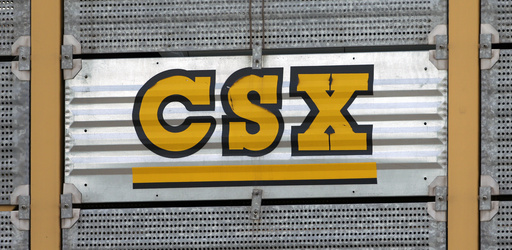A CSX employee who tragically discovered his colleague run over by remote-control locomotives in a railyard last year suggests a straightforward solution to prevent similar deaths in the future: implementing two-person crews. Despite his recommendation, this idea may not be well-received by railroads that heavily depend on single individuals managing trains in railyards using remote control for train disassembly and reassembly. Initially, in 2005, this method involved two individuals to watch for hazards, but nowadays, solo remote-control operations are prevalent.
The use of remote control operators helps reduce costs by utilizing less experienced personnel to move locomotives that assist in assembling trains, a role that typically required licensed engineers who are highly paid within the rail industry. Unions such as the Brotherhood of Locomotive Trainmen and Engineers have recently voiced concerns about this practice, especially with the expansion of remote-control train use beyond railyards for local trips to pick up and drop off cars.
While railroads assert that remote control practices are safe based on years of experience, the Federal Railroad Administration is closely examining remote control usage after recent incidents, including the tragic death that occurred in a CSX railyard in Ohio last year. The National Transportation Safety Board shared details of its investigation into the death of Fred Anderson, who was fatally struck by two locomotives at CSX’s Walbridge railyard in September 2023.
Rail safety has been a key focus since the Norfolk Southern derailment in East Palestine, Ohio, last year, which led to evacuations and health concerns due to a hazardous chemical spill and fire. The accident involving Anderson revealed that the remote control operator was positioned at the back of the second locomotive without a view of the front, permitted by federal and railroad regulations as the operator had earlier cleared the track area. If a traditional crew had been present, they might have been able to prevent the tragedy by alerting Anderson to the danger.
Although it remains uncertain whether anyone could have halted the locomotives in time to avoid the collision, having a crew member in the cab controlling the train might have averted the incident. Unions emphasize the need for increased safety measures, especially when operating remote-control trains in settings where pedestrians or vehicles could intersect with rail crossings. The NTSB is conducting a thorough investigation into Anderson’s death, focusing on CSX’s safety procedures and training protocols related to rail workers.
In response to the incident, both the Federal Railroad Administration and CSX issued safety advisories reminding rail employees to exercise caution when crossing tracks and to stay vigilant, considering trains could be in motion at any time. Despite Anderson’s death, CSX announced no immediate plans to alter its remote control operations as the company believes it was adhering to all relevant federal and internal regulations at the time. Safety data on railroad accidents involving remote control trains remains inconclusive, as existing reports do not differentiate between incidents with remote control trains and those managed by engineers and conductors.
The Brotherhood of Railway Carmen union disclosed that three of its members have lost their lives in accidents related to remote-control trains since 2015. CSX, together with concerned unions, is refraining from commenting on Anderson’s case until the NTSB concludes its investigation, which aims to improve safety awareness and practices within the rail industry.
